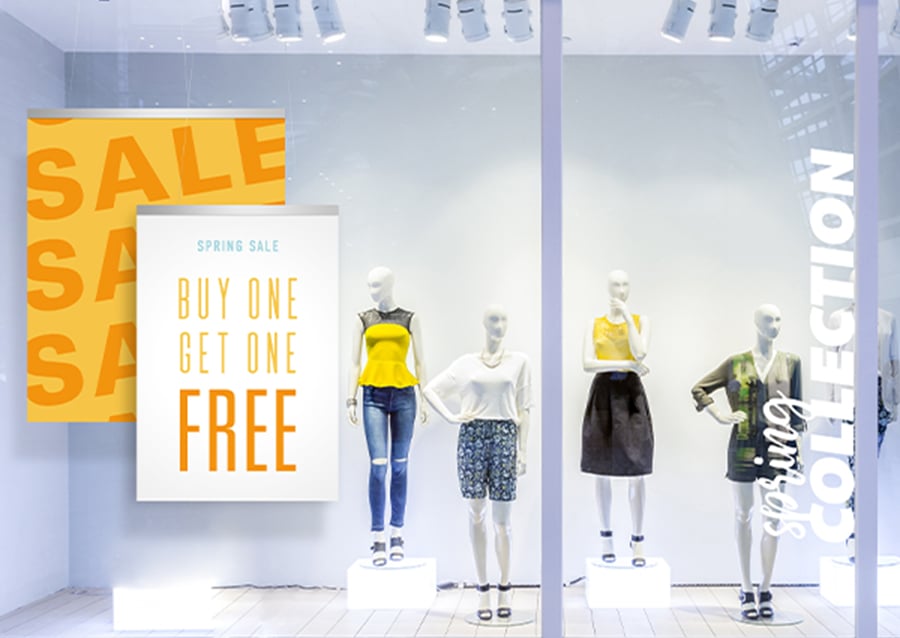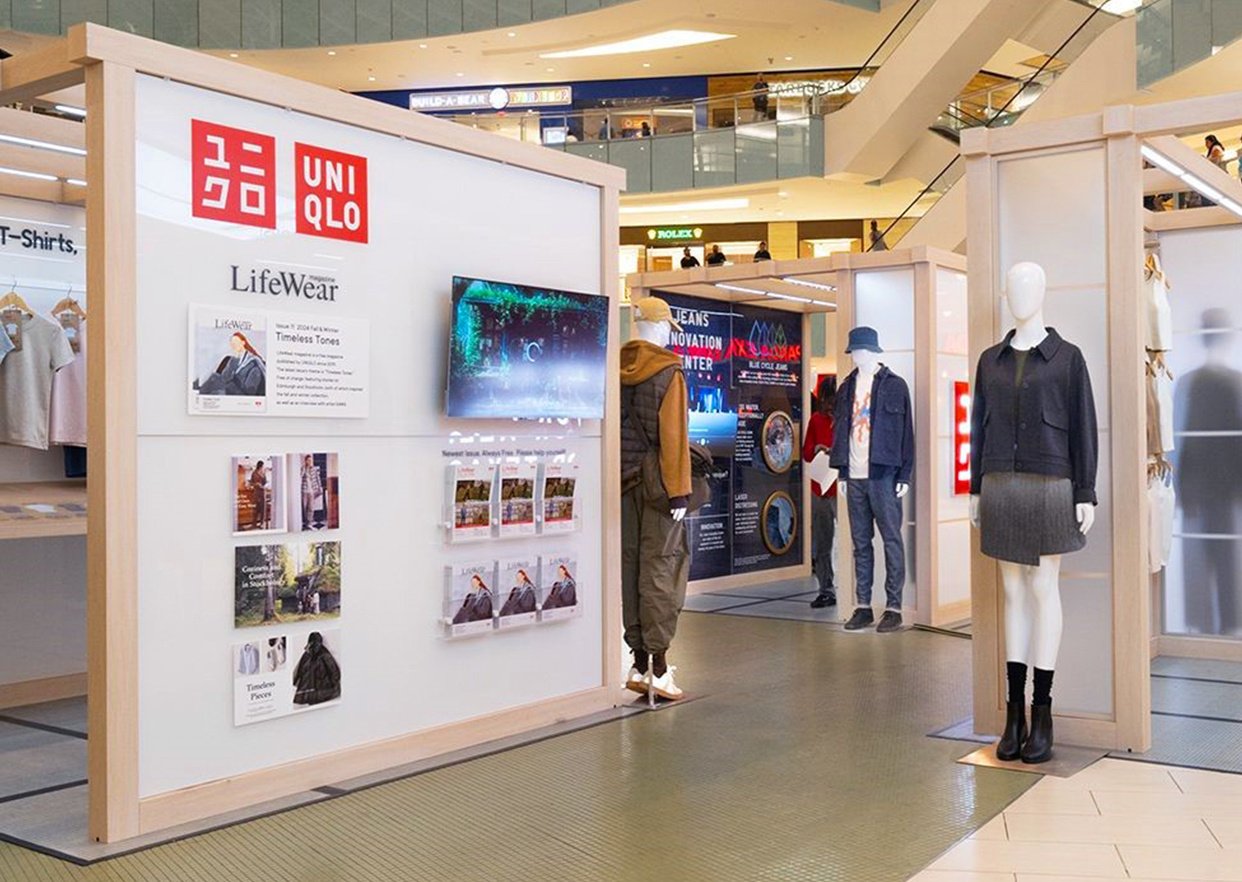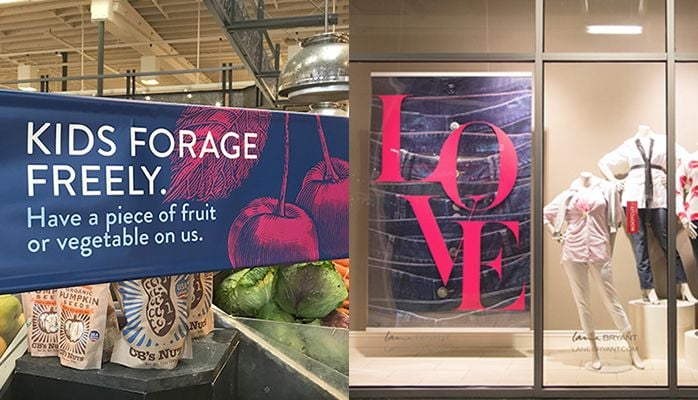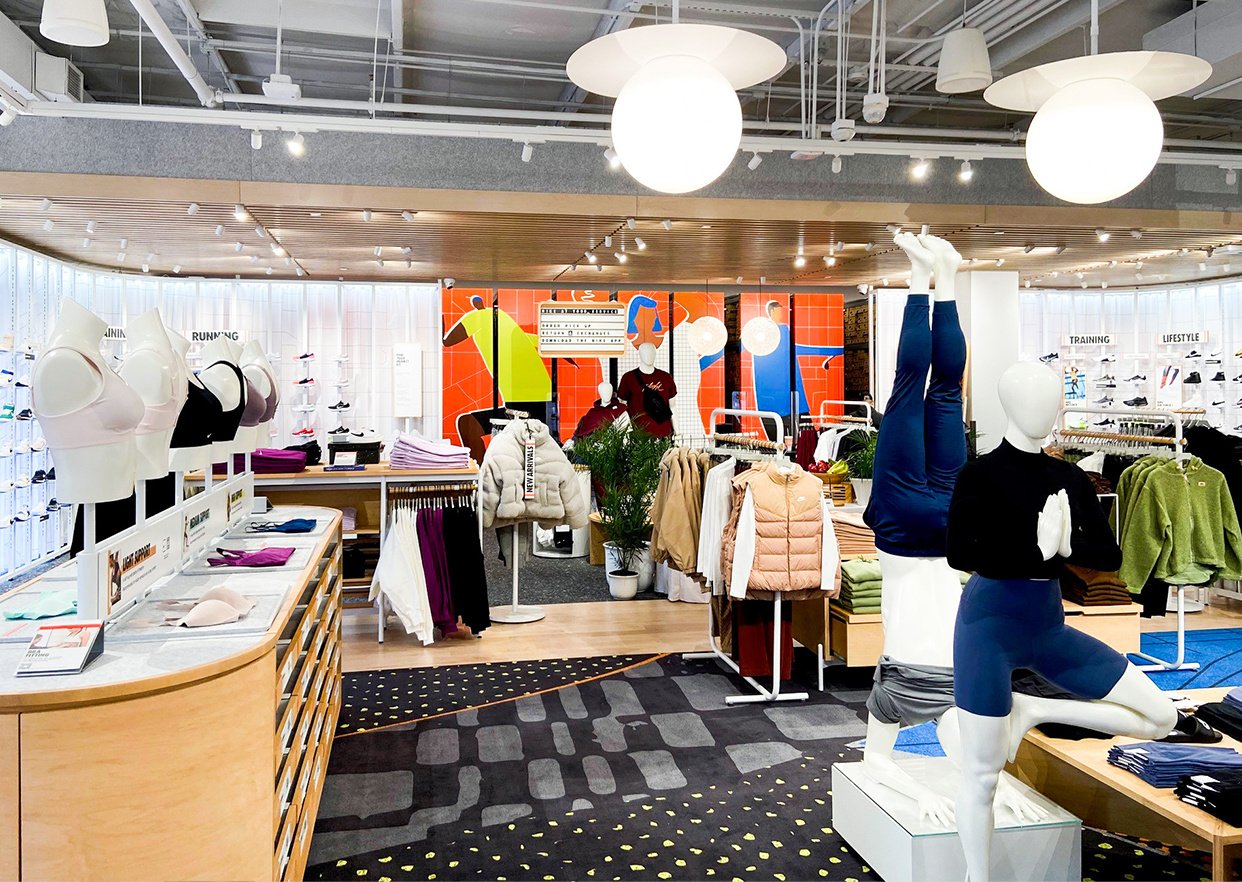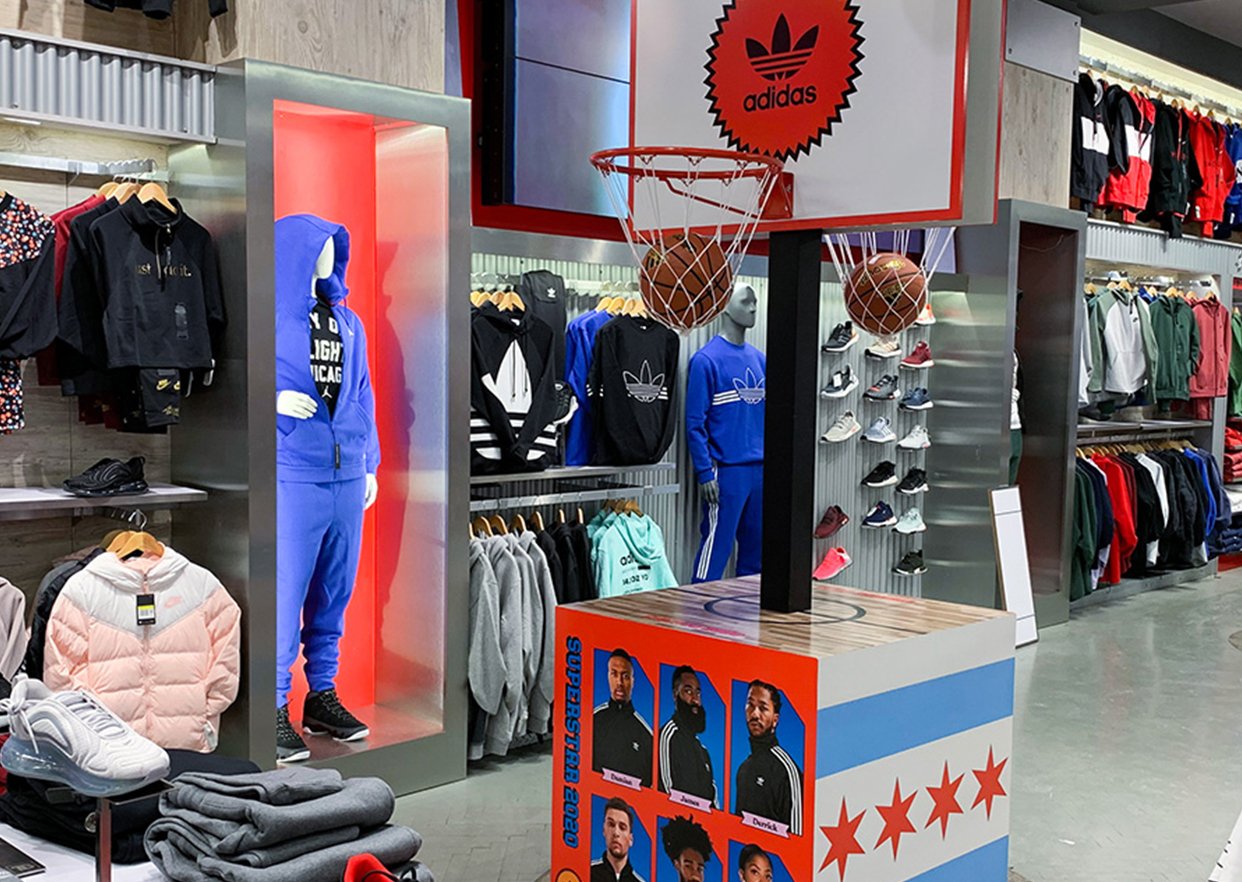Branding. Senses. Displays. These three words define the three most basic elements of visual merchandising and can help you win at the point of sale, no matter what type of merchandise you have to offer.
It all started in the late-1800’s when Marshall Field & Co. started to display product in the store window. Today, the concept of visual merchandising goes far beyond the front window. It’s become a strategic lever for retailers as they develop entire floorplans and carefully crafted shopping experiences – all with the goal of capturing the shopper’s attention and motivating them to make a purchase. Successful visual merchandising strategies always consider these three things:
Branding in Visual Merchandising
Visual merchandising should strive to bring the personality and essential characteristics of your brand to life for all to see. From signage and imagery to product depictions, your visuals work together to tell your brand’s story. When done well, it gives you an opportunity to differentiate yourself from the competition, build brand loyalty and potentially command a premium price for your product.
Senses in Visual Merchandising
One reason why brick-and-mortar retail stores continue to exist is because consumers still derive value – and entertainment – from shopping in person. Online shopping can never duplicate the immersive experience that is possible when you use visual merchandising to engage all of the senses. For example:
- Sight: Dramatic lighting effects, bold uses of color and eye-catching visuals are tried-and-true methods of inviting consumers to explore your brand.
- Sound: Music can be used to “target” your core audience and reinforce the defining attributes of the brand.
- Scent: Utilizing scents that are unique to your store will create powerful brand recall whenever and wherever consumers encounter a similar fragrance.
- Touch: Interactive installations engage consumers on a deeper level and make your brand tangible and tactile.
Displays in Visual Merchandising
Retail has come a long way from the lifeless mannequin. These days, you’re more apt to find digital screens that use color, sound and movement to communicate critical product information. Sophisticated three-dimensional displays, similar to what you would normally see at trade shows, have also become the norm. Advances in color printing and the use of flexible yet durable materials means that retailers can utilize displays like props in a stage production – changing them out for special promotions and seasonal events.
Learn More: 7 Key Elements to Consider in Visual Merchandising
With the basics out of the way, it’s time to take a closer look at the seven key elements of visual merchandising in the retail environment. Watch this short video to learn where and how visual merchandising can be used to greatest effect in a retail setting.
